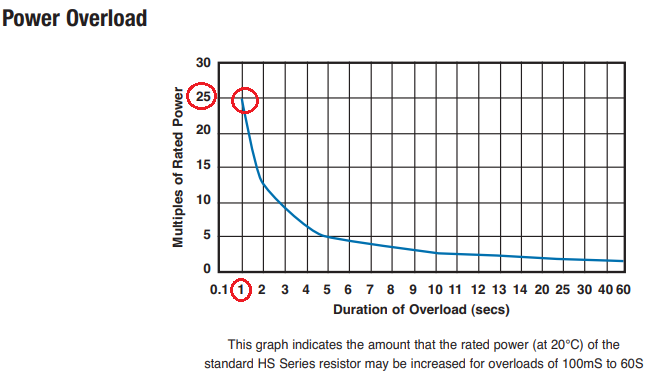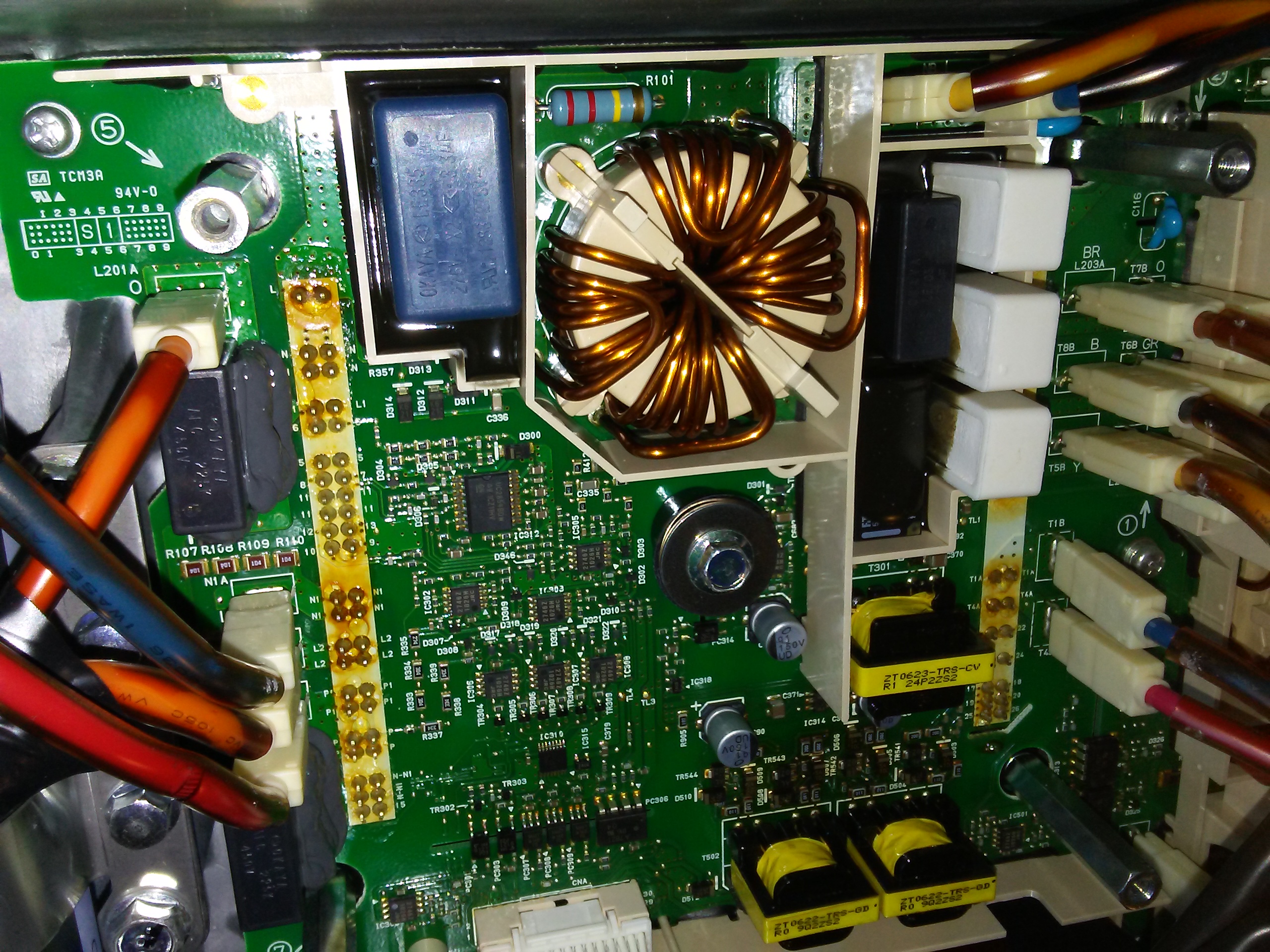coulomb
Well-known member
They actually will get up to ≈170 V briefly, so a massive overload: P = U²/R = 170²/4.7 = 7225 W, or a 723x overload! I suppose one should use RMS values, so that's 120²/4.7 = 3064 W = 306x overload. I would prefer to see a resistor with a high peak power rating, usually these are aluminium clad (though the aluminium is little to no help, since the pulse of power is so brief). Even these resistors are only rated for 25x nominal power. If you use just one 10 Ω resistor, that's 240²/10 = 5760 W, so really you'd need a 250 or 300 W nominal part. Those are pretty large! Probably a 200 W nominal part would do, because the power decays so quickly. The stock resistors seem massively underrated for what they do.BlueLightning said:10 W
4.7 Ohm then Imax = 1.5 A, or Umax = 6.9 V
Edit: example of a resistor that is rated for 25x nominal power for 1 second:
https://www.digikey.com/en/products/detail/te-connectivity-passive-product/HSC20010RJ/2366393
Zero stock of that particular part as I type (parts shortage, not just semiconductors), but there are several other suppliers.


